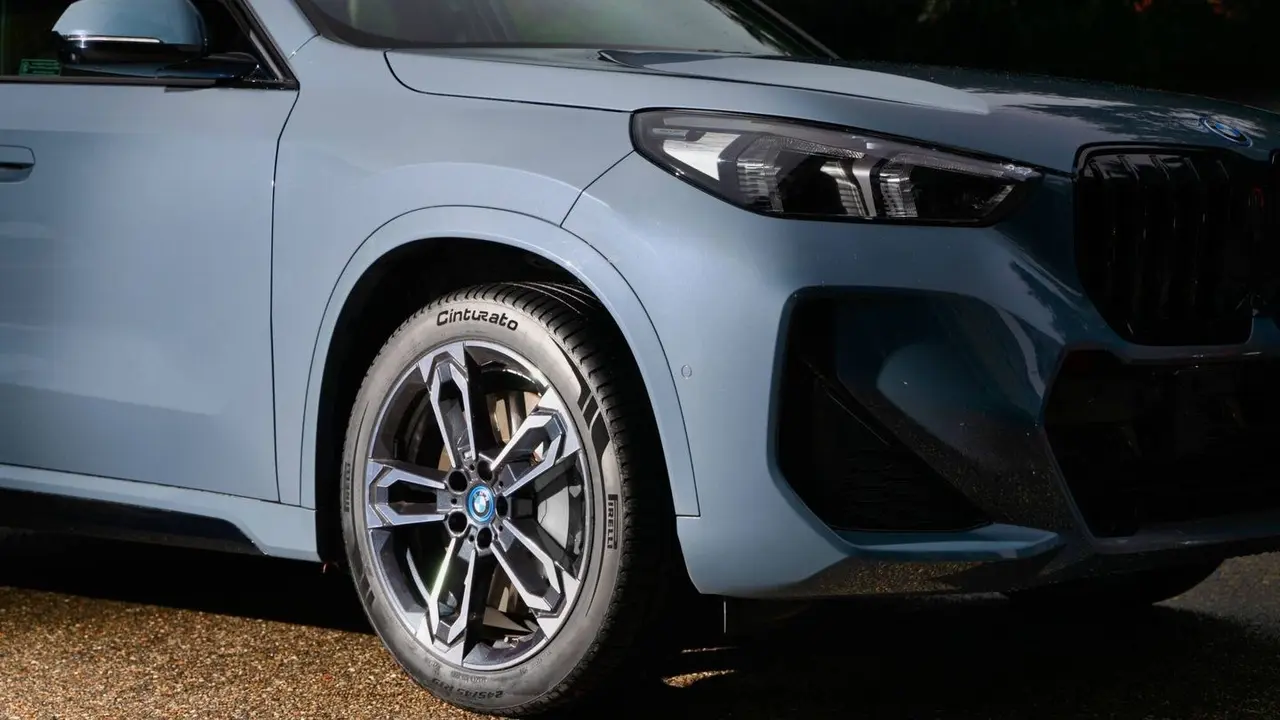The automotive industry has entered a new era in terms of driving safety and data-driven infrastructure improvements. The smart tires called “Cyber Tire” developed by Pirelli will now be used not only in performance cars but also in standard vehicles.
Pirelli has developed a smart tire technology
This technology, which has been launched in the field as part of a new pilot application launched in the Apulia region in southern Italy, provides instant information about both road safety and the condition of the asphalt. First used in high-segment vehicles such as the McLaren Artura, Cyber Tire is equipped with sensors placed inside the tire, unlike traditional tires.

These sensors measure various data, especially temperature and pressure, in real time. The collected data is transmitted directly to the vehicle via Bluetooth Low Energy technology. In this way, the car can automatically reorganize the driving dynamics according to the type and wear level of the current tire.
Another prominent feature of the system is that it is resistant to impacts of up to 3,500 G and can remain active for the life of the tire with a 10-gram battery. The application in Apulia aims to test the potential of this technology on a larger scale.
Tires do not only provide information on the inside of the vehicle; they also collect physical data such as roughness, cracks and deterioration on the roads, acting as a kind of “road health monitor”. In this way, problems on the asphalt can be detected early and road maintenance work can be carried out in a more planned manner.
This data collection process does not have to cover individual vehicles. The tires have been integrated into the fleet of vehicles of car rental and fleet management company Ayvens. While the vehicles are driving, raw data from the tires is analyzed using advanced algorithms to obtain a holistic picture of the road surface.
The application launched by Pirelli could be the harbinger of a transformation that could have an impact on many areas, from urban transportation to rural infrastructure. What do you think about this? You can share your views with us in the comments section below.













